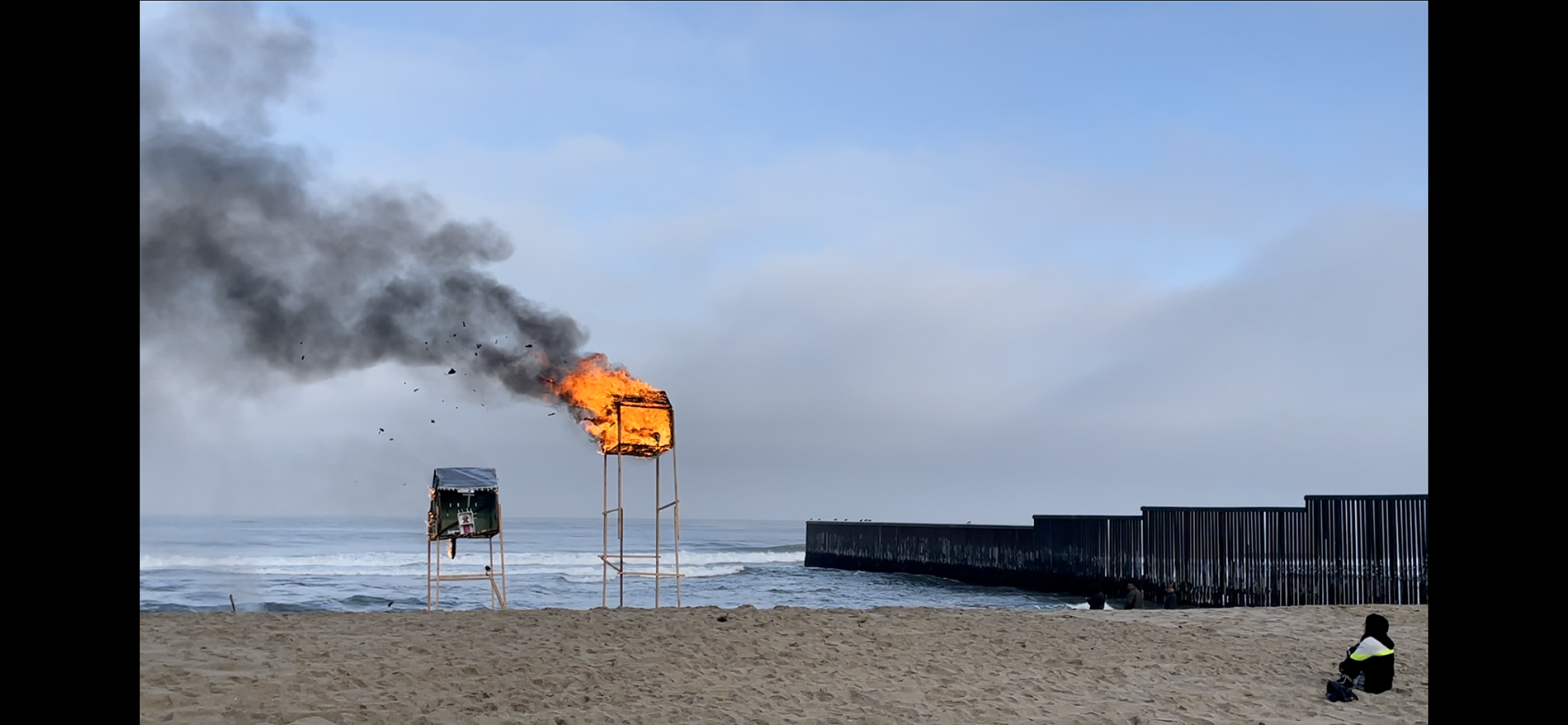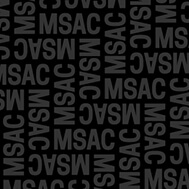Mia Eve is cofounder and director of EDELO
From 2009 to 2014, EDELO, Where The United Nations Used to Be, was an artist-run project in Chiapas, Mexico (currently nomadic) that created sculptural performances and community events through relational aesthetics, social practice, and social sculpture. EDELO centered its practice as an intercultural artist residency of diverse practices and an ever-changing experimental art laboratory and safe house. The work at its core focused on the lessons and use of art by the EZLN, the Zapatista autonomous indigenous movement in Chiapas, Mexico that has used art as a main tool to demand immediate and drastic social and economic change as a response to 500 years of invisibility, oppression, and neglect. The works consisted of artist residencies in Zapatista territory as well as at our art center and gallery. The emerging aesthetic was one of urgency in the face of the continuing clash between colonial and Mayan Mexican indigenous worldviews. The work focused on intersectionality as a nucleus for engagement and centered around the themes of movement; tying together notions of ableism, human displacement and generational traumas, land, and human rights, child labor and femicide, autonomy, and self-determination. This was a women-led indigenous resistance that imagined a sustainable future on a local micro-scale, imagining a world where ‘the flower of the word never dies.’
EDELO MIGRANTE
2014 - Present
EDELO Migrante is an alias name Mia works from; it is an artist run project where nomadic globally engaged collectives of artistic practice are formed that create expressions of underground communities and territories through distributed authorship using a magic realist aesthetic. To that end, it demands transdisciplinary creative forms in sculpture, performance, community-based public intervention, and psychomagic, as well as many other artistic forms: using the materials readily available in the sites of creation. Through communal living, interviews, film screenings, sculpture and performance workshops, and by visiting important landscapes both physical and in our collective psyches participants engage in a shared dreamscape.
About the Artist
Mia Eve is an interdisciplinary artist who creates in site-specific lands of spiritual, social, and cultural resistance. Autónomos globally engaged collectives of artistic practice are formed that create expressions of underground communities and territories through distributed authorship using a magic realist aesthetic. The work reincorporates healing strategies from pre-colonial practices, and delves into the imagination of the psyche. By engaging whole communities, the projects chip away at eugenic civic paradigms, expanding the audience for works inspired by creative/political traditions that connect art to strategies for liberation. Mia Eve received her MFA from the School of the Art Institute of Chicago. She is cofounder of EDELO (where are the united nations used to be), and is one of the lead artists in other notable collaborations such as Zapantera Negra and Embassy of the Refugee. Shes presented at Creative Time Summit and The Queens Museum and recipient of the State of Maryland Independent Artist Award.Artist's Statement
EMBAJADA DE INUTIL 2007- Present EDI is a social practice project that examines how ableism, colonialism, and white supremacy have traumatized disabled bodies generationally. EDI (Embassy of the Useless) is the absurd that mimics formal diplomacy, creating a parallel world to that of ableism promoted by monolithic capitalism. The title comes from a derogatory Spanish term for the disabled, “inútil”, translated back into English as “useless”. Here the useless are less used and more wise, using poetic acts to transmit a new vision.Featured Work
Photos
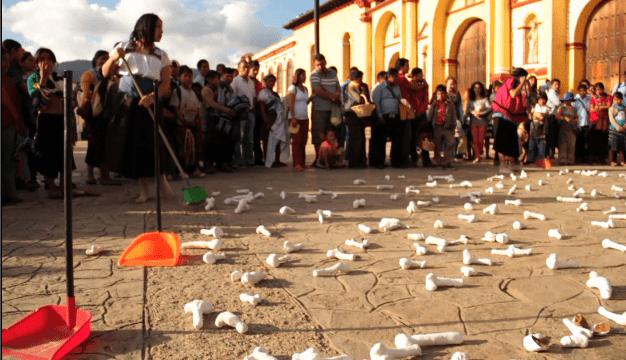

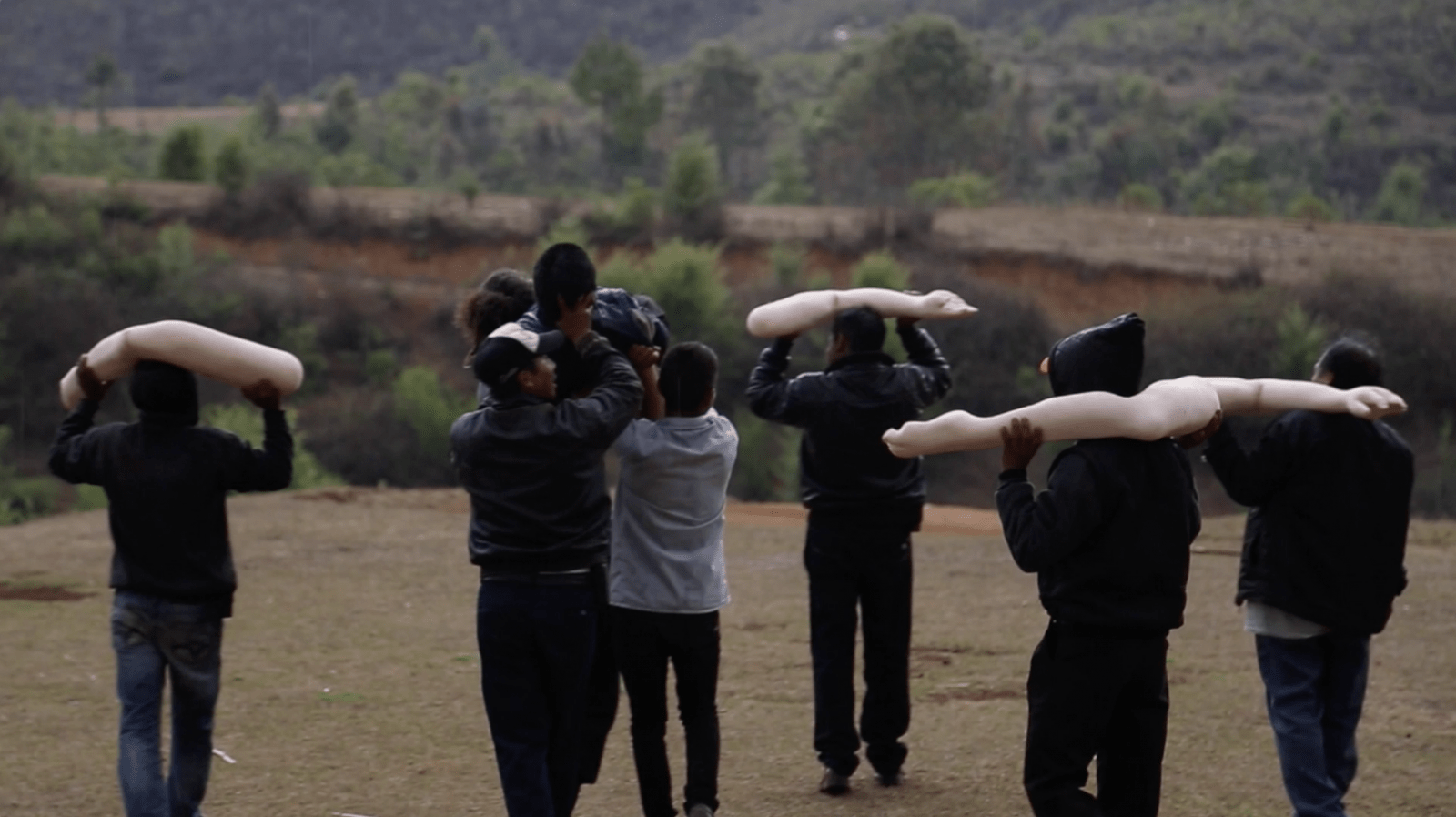
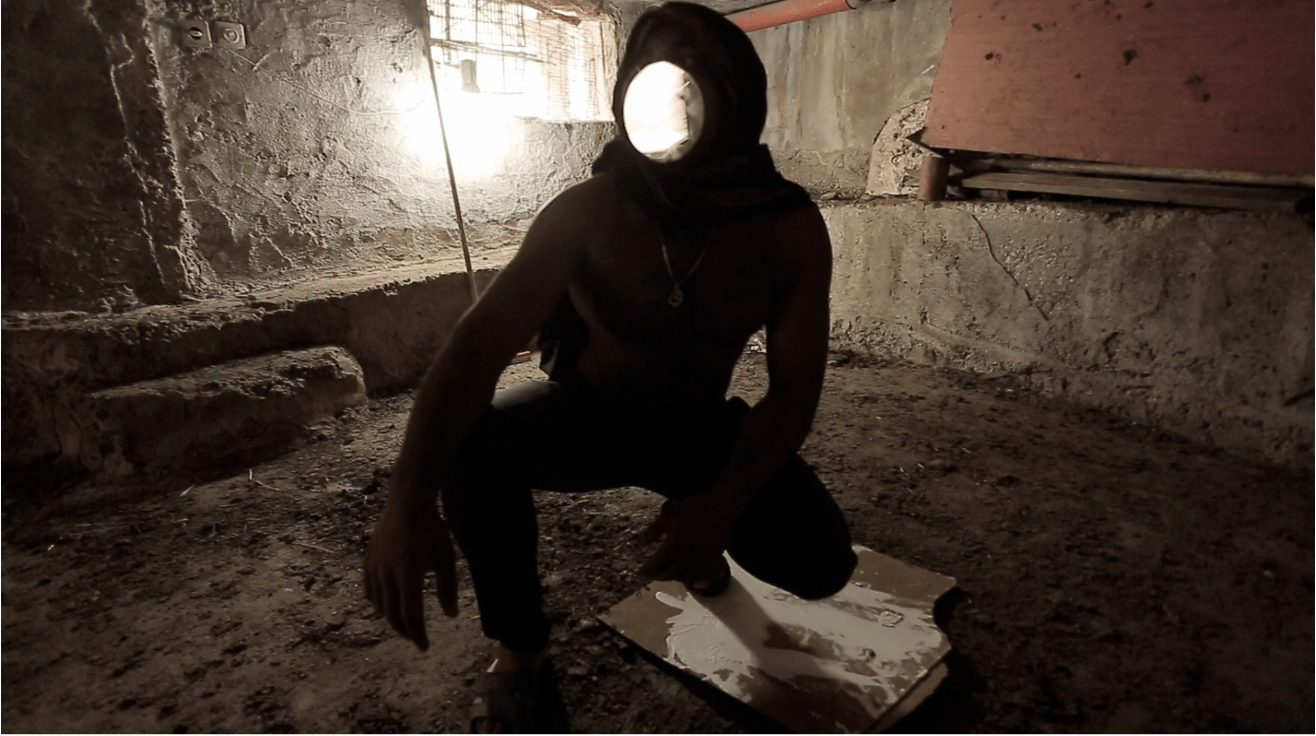
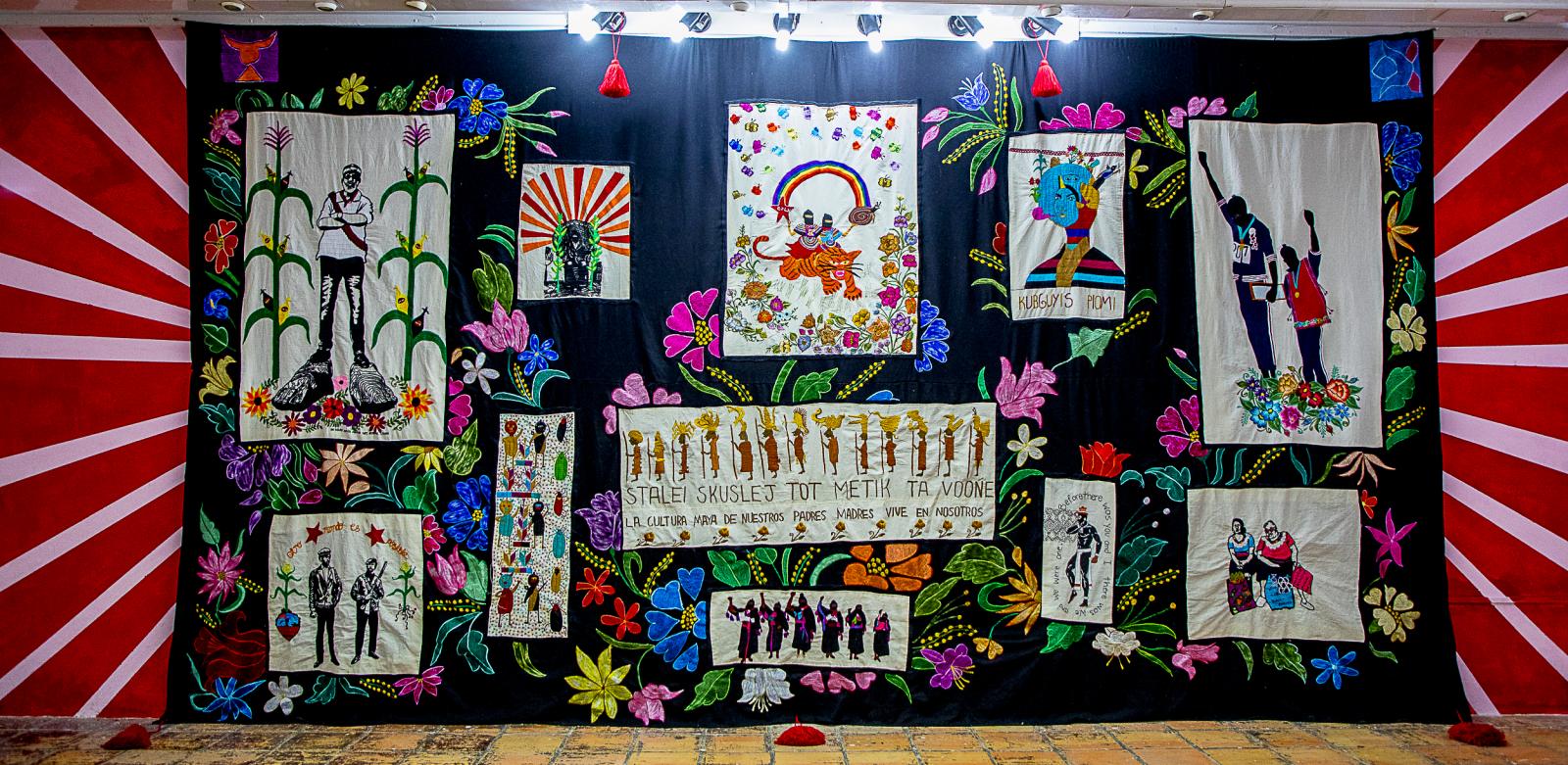
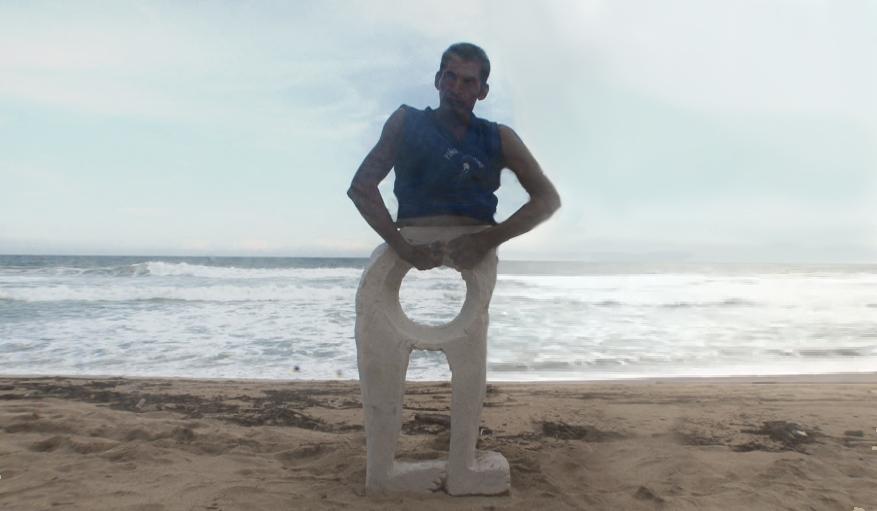
Featured Work: Photos
PADRE NO ME PEGUES
Persiguiendo La Bestia
Santos
Palestine
Zapantera Negra
Many Worlds
Videos
-
IAA
See more information about IAAMia Eve, a multidisciplinary artist, received her BFA with Honors from the University of Maryland and her MFA from the School of the Art Institute of Chicago. A native of Chicago, she currently lives in Hyattsville, MD.
Upon receiving her MFA, she moved to Chiapas Mexico with her collaborator Caleb Duarte, where they founded EDELO (En Donde Era La Onu/ Where The United Nations Used To Be). EDELO was a community center and intercultural artist residency that was a collaborative laboratory for people coming from different sides of life. EDELO became a nucleus for their continuing work.
This work is created in site-specific lands of spiritual, social, and cultural resistance. It strives to facilitate the expressions of communities through distributed authorship demanding transdisciplinary creative forms in sculpture, performance, community-based public intervention, and psychomagic. Many of the works organize community participation in ceremonial processions that command a slight moment of hyper-visibility of an otherwise underground community. Through art projects, workshops, interviews, and intimate conversations participants produce and document collectively authored creations that function as aesthetic practices and as humanitarian efforts.
The work focuses on intersectionality as a nucleus for engagement and is centered around the themes of movement, tying together notions of ableism and white supremacy, human displacement, generational traumas, land, and human rights, child labor and femicide, autonomy, and self-determination. -
EDELO
See more information about EDELOIn the fall of 2009, over one hundred displaced indigenous community members occupied the offices of the United Nations, located in San Cristobal De Las Casa, Chiapas Mexico. The offices where taken over in hopes of gaining international attention from humanitarian organizations. After a few months of the occupation, the United Nations simply decided to find another building and moved.
A few months later, Caleb Duarte and Mia Rollow. disillusioned with the institutional proposed purpose of art, wished to believe that art could be a radical form of communication, and soon moved into the building and begin an experimental art space and an international artist residency of diverse practice. They began to invite artists, activists, cultural workers, inventors, gardeners, PhDs, jugglers, and educators to take part in creating an experiment on art and social change. This group of artists, disenchanted by the continuing linear path of art history, came to EDELO in favor of art as a vehicle for possible transformation.
Inspired by the 1994 Indigenous Zapatista uprising, where word and poetry are used to inspire a generation to imagine “other” worlds possible, EDELO has retained the name of the UN. It is a part of an investigation of how Art, in all its disciplines and contradictions, can take the supposed role of such institutional bodies: in creating understanding, empathy, and to serve as a tool for imagining alternatives to what seems to be a harmful and violent system that we have come to accept. -
BURIAL
See more information about BURIALENTIERRO/ BURIAL
Elambo Bajo, in Chiapas, is an autonomous Zapatista community not far from San Cristobal de las Casas. Having declared its independence, the mostly indigenous population is removed from the turmoil found in cities with conflicting political parties. At the same time, this separation also leaves it without municipal services and government structures. A number of projects in Elambo Bajo examine the idea of autonomy on individual, communal, and political levels.
This work took place with EZLN community Elambo Bajo. This work is an investigation of how the body and simple actions can bring cycles of experienced tragedy into possibilities for healing individually and collectively. Caleb Duarte, Emory Douglas, and Mia Eva created an action in which indigenous Mayan children buried us: representatives of disenfranchised communities (Latino, Black, disabled) from the privileged United States.
The ideas around burial in Western thought are often of “letting go” and “moving on.” In contrast, burial within Mayan and Latin American communities suggests a continued co-existence with the dead. Here, the men and children of Elambo Bajo break the land to symbolically bury the past in a post-colonial act embracing the harsh histories of slavery and genocide. They create a “living memory” to enter into a new century with assurance, self-determination and autonomy. -
NO PASA NADA
See more information about NO PASA NADAThis performance is a collaboration among Mia Eva, Caleb Duarte, Judy Stone, Francisco Hidalgo and audience participants. The one-night, one hour performance took place in the tiny Galeria El Cerrillo in Chiapas Mexico on March 17th, 2009.
When the performance begins we see a group of men using ropes to lift an eight-inch, 600 pound slab of concrete. While they are struggling to lift the slab, Mia tries to crawl and balance on the cement and a video of Francisco's energy work is projected outside the gallery space. At this point the audience is not fully aware that Mia is paralyzed.
During the performance the public experiences the fear and danger involved in lifting the slab as well as Mia’s fragility and strength. When the slab is lifted it symbolically raises the body of the “lower class” to the eye level of the audience, this confruntation made much of the audience hesitant to enter the room.
The emotional center of the performance is felt when Eva shakes her elbows to balance, and her movement, in turn, causes the ropes, which are connected to the arms of the audience, to tremble. In this moment architectural structures and the human figure are at once trapped in friction, tension, and failure—each looking for definitions, places and goals to be reached. The artists seek to explore how labor and struggle exist alongside acts as simple as breathing, and how the natural forces of balance, compression, tension and expansion can be amplified into aesthetic, local, social and political spheres.
Year: 2009
Booking
I'm available, please be in touch..
